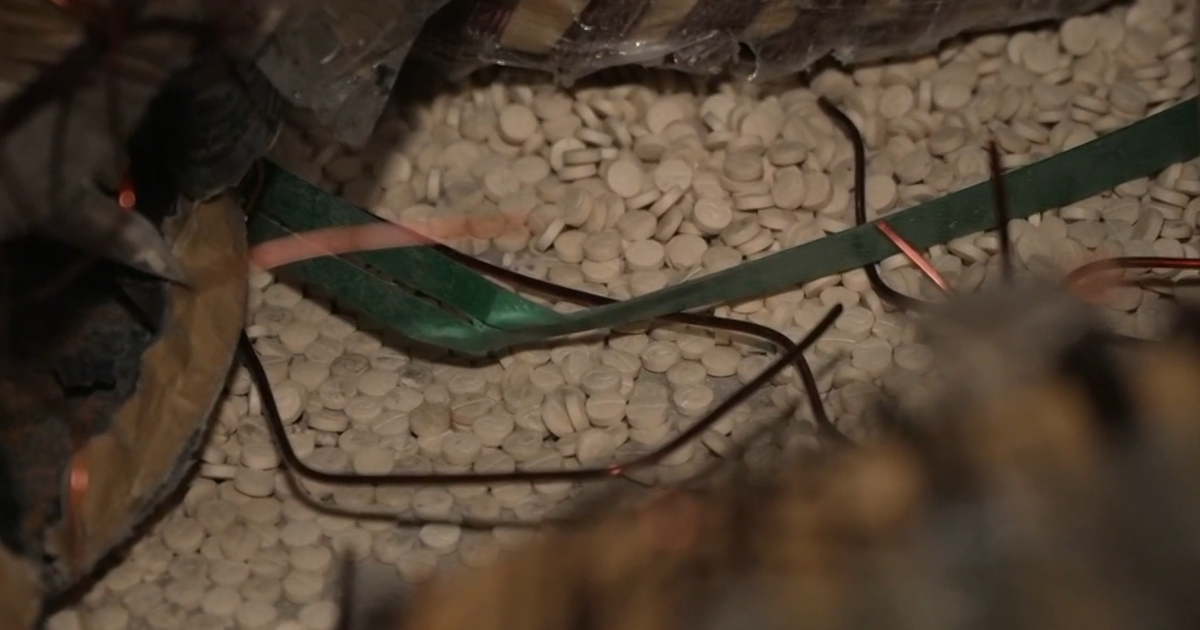How dome homes can help protect against natural disasters
Saint Bernard, Louisiana — Max Begue loves almost everything about living in coastal Louisiana, but hurricane season brings back memories of Katrina in 2005, when his home and neighborhood were washed away, almost as if they never existed.
"We all did," Begue told CBS News when asked if he considered leaving after Katrina. "And a lot of people left. But I chose to stay."
He also chose a geodesic dome for his new house, made of more than 300 interwoven triangles which disperse the wind's pressure.
"I built the dome because I didn't want to go through the process of losing another house," Begue explained.
The dome home is able to withstand winds topping 200 mph. It makes it, essentially, hurricane-proof.
"They thought I was a kook," Begue said of people's reactions when he told them he was building a dome home.
That is not the case anymore. The spherical home is also energy-efficient because surface area is minimized. Begue's electric bills are usually less than $100 a month, about a third of what his neighbors pay.
Domes have long been a part of American architecture, built for their resiliency. Famous examples include the world's first domed stadium, the Houston Astrodome, and the majestic iron dome of the U.S. Capitol.
"We really want to be able to show how geodesic domes are not just stable and resilient, but they are also imminently efficient, and portable, and practical," said Abeer Saha, curator at the Smithsonian Institution's National Museum of American History in Washington, D.C.
Dome-shaped buildings made of concrete can withstand wildfires, floods and earthquakes. Their shape also allows them to disperse tremendous weight without collapsing. Construction costs are generally higher, but so is the chance of survival.
"We're absolutely not thinking enough about the role of housing and structures in climate change," Saha said.
As part of a focus on extreme weather, the Smithsonian recently re-assembled Weatherbreak — the first geodesic dome built in North America — after four decades in storage. It was first built in 1950 in Montreal, Canada.




